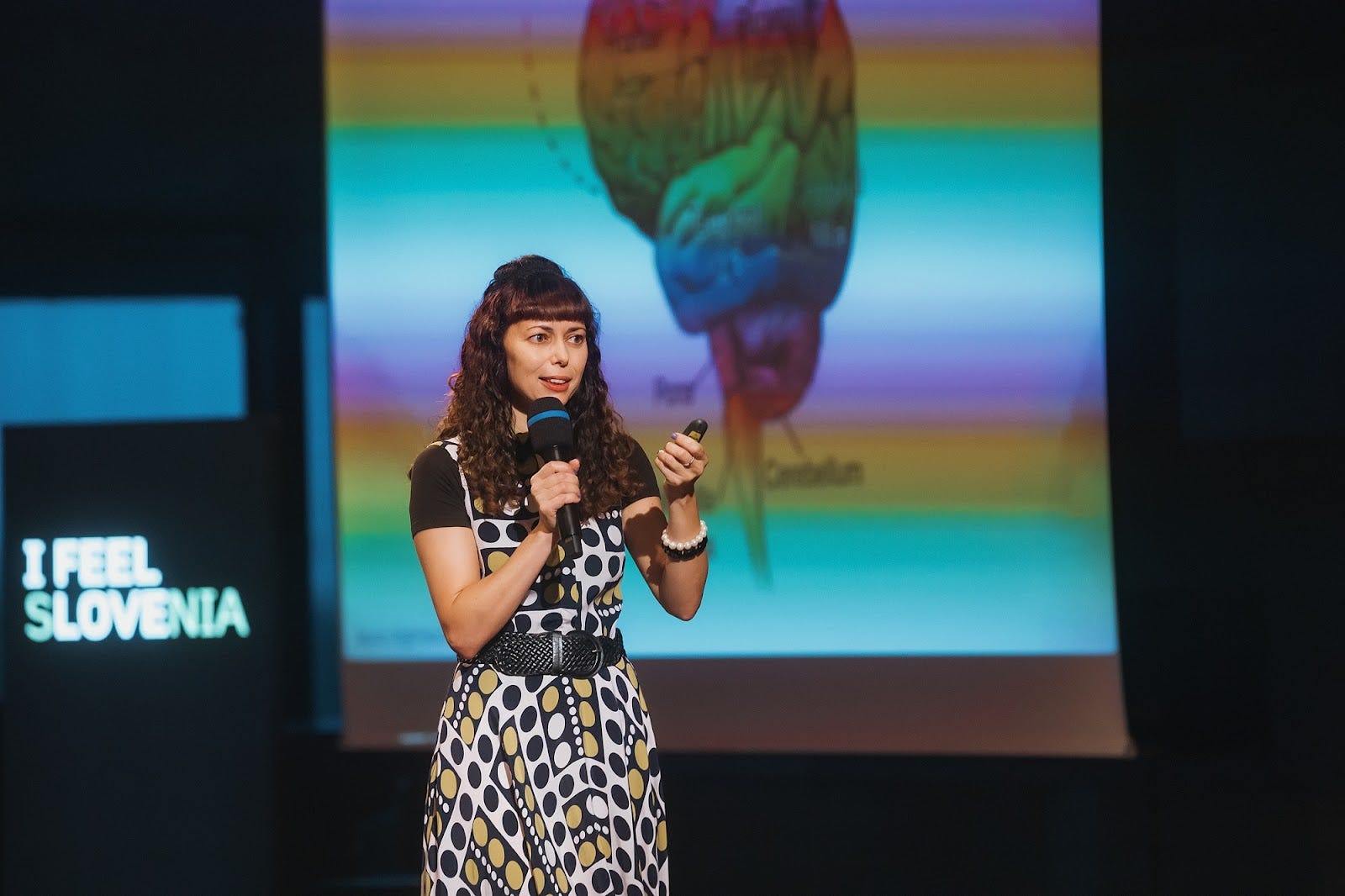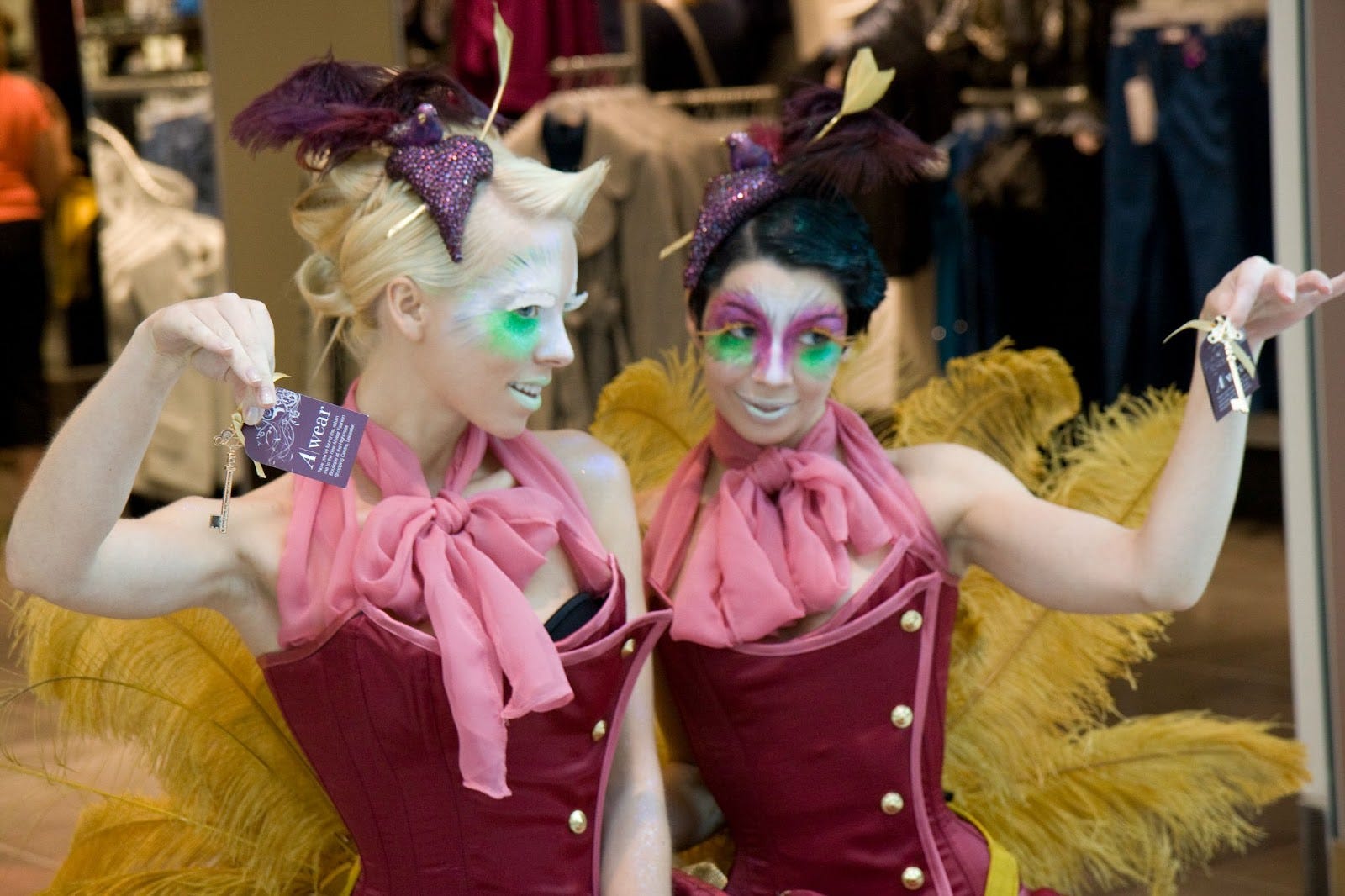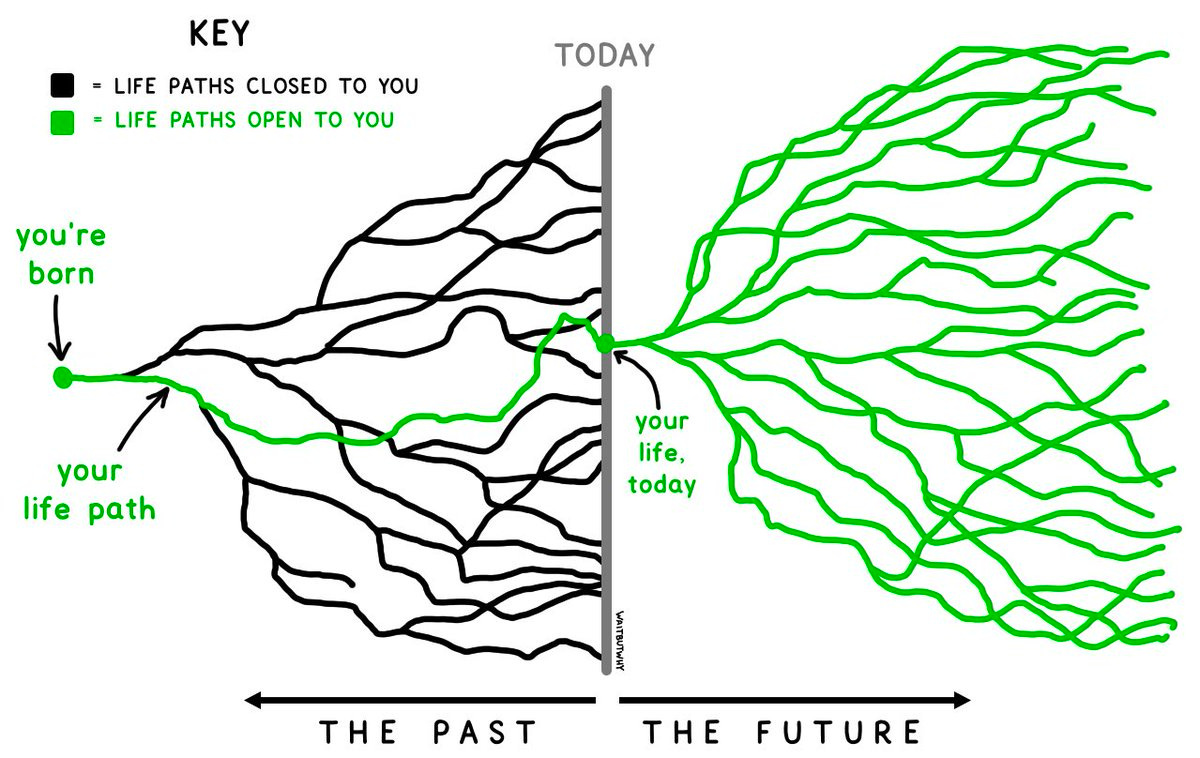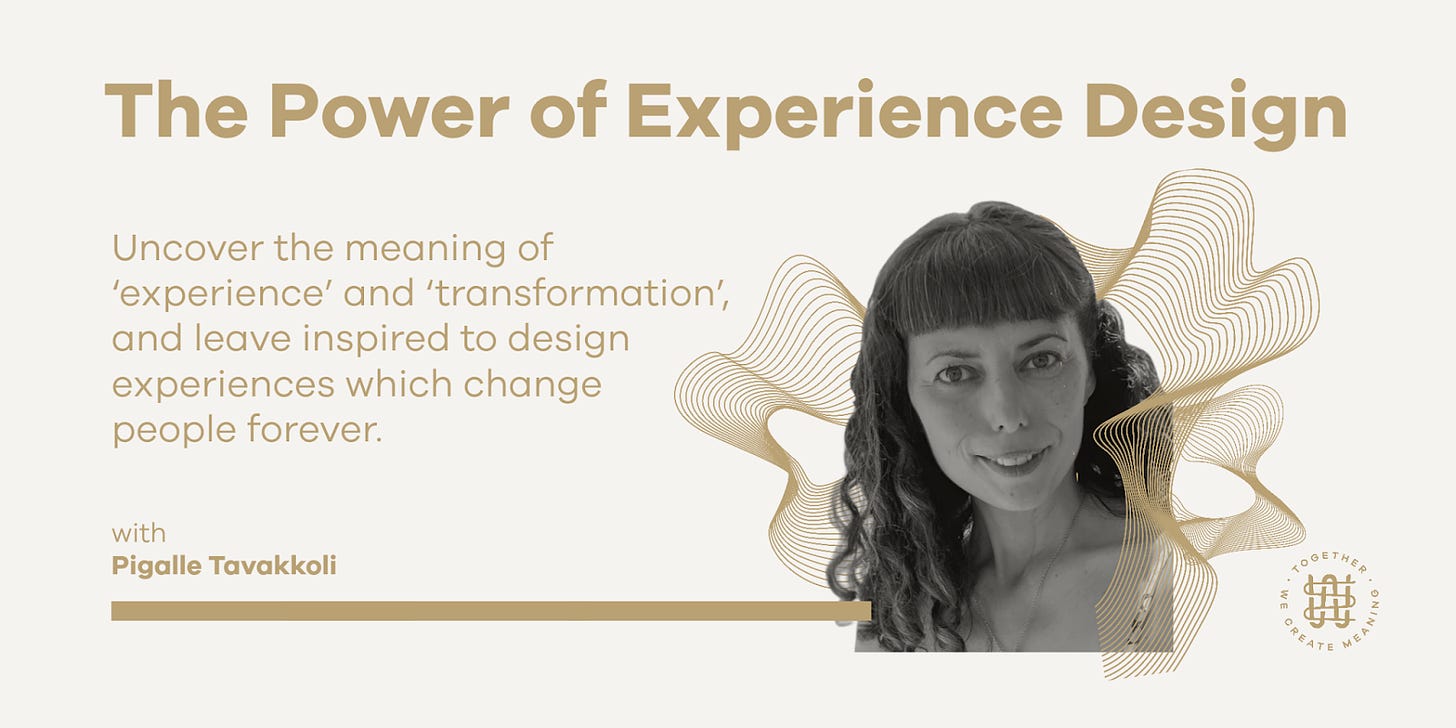This article is published in Create Meaning’s Learning Series. Every month, we put the spotlight on one community member doing amazing impact work.
In the run-up to our event at We Create Meaning on Monday, October 9, I had the opportunity to speak with Pigalle Tavakkoli, Experience Design expert and founder of the School of Experience Design, on how to design transformative experiences that help people actualize their potential.
In this article, we explore her deeply humanist approach to Experience Design, which combines Eastern and ancestral wisdom with rigorous science. I found out quickly that Pigalle loves to savour works of psychology and philosophy, as much as she likes to strategize using spreadsheets. This might not be a surprise, because, as she herself points out, “Experience Design is interdisciplinary and sits at the intersections, because that’s where things clash and merge, to spark new ways of thinking.”
Let the audience take over
“I like to blur those lines (between the performers and the audience) so that by the end of the experience you don't know who is the artist, who is the performer, and who is the audience — it's all melded into one. By removing the stage and making the audience the lead protagonists in the story, they get to direct their own journey.”
Pigalle's diverse career path has taken her from working with renowned fashion designers, to establishing her own boutique fashion brand, and then onto producing experiences that unite scientists with artists. She now imparts her knowledge as an Experience Design teacher and trainer.
However, her path originally started in theatre, where for over 5 years she enjoyed the non-hierarchical, collaborative, and lively team spirit that, as she insists, quite literally makes or breaks the show. “In theatre, everybody is equally important. The whole show depends on everyone. Pulling equal weight and making an equal amount of effort, thought, and care.” It is through theatre that she learned the practicals of large-scale productions, and the techniques between performer and the audience that she now uses in her approach to Experience Design. “I like to blur those lines (between the performers and the audience) so that by the end of the experience you don't know who is the artist, who is the performer, and who is the audience — it's all melded into one. By removing the stage and making the audience the lead protagonists in the story, they get to direct their own journey.”
15 years ago, she produced an event series for the V&A Theatre Museum in London. For the finale event, she designed an immersive storyline which unfolded throughout the entire museum — something that, at that time, had never been done before. “I created a narrative with thematic strands, and invited the public to dress up accordingly. There were live musicians, DJs, actors, and performers in the glass cabinets mixed in with artifacts, as if they were living exhibits.” Each space had a distinct atmosphere that visitors could explore. “... There was this incredible alchemical moment which happened halfway through the event, where suddenly it was like a lit flame that sparked and took off within the audience. They just lifted off. At that point, I let go of controlling the event, and stood back in the background holding the space, watching the audience take over the actions and start performing. They began playing the piano, they began dancing with each other, and there was a complete transition and flip where, by the end, it was the audience owning and running the whole story.”
There is a powerful teaching in this. The most transformative experiences are those where the audience isn’t seen as a passive observer but as an active participant and co-creator. Imagine if our meetings and webinars were approached through this understanding: Not as a one-directional transfer but as an unfolding, living dialogue between the facilitators and the audience. Both parties learn from each other as equals, and continuously integrate their knowledge through shared experience.
Transformative design begins with a clear intention
“If we can create those sparks and have that alchemical moment during the experience where people open up and connect to themselves, they will discover untapped potential and start to behave in ways they wouldn't have done before.”
Transformative Experience Design is less about what you do than why you do it. “It could look like anything, everything, and nothing,” Pigalle explains, “it really doesn't matter what it looks like or what you use. It's the intention we've put into the design, for the effect we want it to have within each member of the audience. And we regard the audience, not as a consumer, as a service user — we look at them as human beings, because we are all human beings. Experience design embraces a humanist approach that goes beyond being merely human-centered. Human-centered design involves the audience from the beginning of the design process and guides the decision-making throughout each stage. A humanist approach delves into the deeper human aspects of the experience and asks: What are we designing to help people tap into their potential, and how will we support them on their journey toward reaching it? If we can create those sparks and have that alchemical moment during the experience where people open up and connect to themselves, they will discover untapped potential and start to behave in ways they wouldn't have done before. If we've succeeded at that, those internal changes will continue long after the experience. And when those changes endure — when they integrate those changes into their lives - then it becomes transformation.”
As Experience Designers, we can support people and provide the conditions for them to connect to hidden parts of themselves, which then allows them to connect more meaningfully to others. Having others witness parts of ourselves that we may have silenced for a long time can be profoundly healing. The work we then have as teams and communities is to turn those buds of renewal into sustained growth. To ripen changes by helping each other integrate them.
The path isn’t a path but a meshwork
“Life can only be understood backwards; but it must be lived forwards.”
— Søren Kierkegaard
At times, the work and activities we engage in may not add up. We may have built a respectable career in one field, but the path we have taken (or desire to take) doesn't always follow a straightforward, linear trajectory. My friend Lilian once told me that the things we do in life are like dots we disperse and often only in hindsight are we able to connect them and see patterns.
Pigalle herself has done quite a bit of career sense-making, which eventually led her to find her true North star: “I was thinking, what's the overarching narrative which threads all my careers together?... I realized there is one thing that has constantly driven me and that I'm really passionate about. I believe everyone has incredible potential within them…Yet, I feel that so many people don't reach their potential for many reasons…That’s when I realized that throughout all my work, my main aim has been to help people open the doors within them, so they can tap back into themselves and discover the potential they haven’t yet realized…And since we’re all interconnected as one whole, our personal transformation creates a ripple effect that will also transform others.”
Just as the influence of our personal transformation ripples out in all directions through time and space, actualizing one's potential doesn’t follow a linear path. In contrast, transformation, both individually and collectively, is traditionally conceived of as a journey from A to B. Whether it’s burnout or climate change, they are presented as things to defeat and overcome, a stormy sea to cross with sandy beaches and eternal blue skies on the other side of it. I agree with Pigalle when she says that life isn’t linear. Instead, it’s “squiggly and roundabouty and zigzaggy and up and downy. I often think of life being like frequency waves. It goes up, it goes down, it goes up, and then goes down again.” Perceiving life non-linearly makes us more comfortable with the fact that transformation is an ongoing process, one that expands us, deepens us, takes us back into our ancestral past, and shows us glimpses of our future selves, all at the same time. Rising up to the challenge and stepping through the threshold changes us, and asks us to leave parts of ourselves behind that no longer serve us. We become more wise and knowledgeable to respond to challenges, but new challenges will always re-emerge. Pigalle: “Life presents us with a series of experiences—often in challenging forms. It's up to each of us to decide whether we'll accept these challenges, step into these experiences, and navigate our way through them. Ultimately, it's about transcending these challenges which leads to inner transformation and progressing towards self-actualization.”
For transformation to take full effect, it requires continuous integration of new changes, new ways of looking at the world, and newly gained knowledge. It also requires a reframing of what our society sees as “mistakes” or “failures”.
“I really don't like the word failure or mistakes”, says Pigalle, “I see them as experiments where new things are discovered….So they are more like learning opportunities.”
What we think of as “failure” — or things that don’t follow our narrow presumptions of linear cause and effect, is an invitation to look again, to follow our intuition deeper into the failure because that’s where new, serendipitous learnings dwell.
So what does this mean for Experience Designers? For one, we must learn to let go of full control and take on a learning posture, “constantly learning from observing our audiences in a permanent two-way dialogue”. As Pigalle emphasizes, “Even though we have developed the design to be as impactful as possible, until we hold the experience for the audience to take part in we will not know if it works in the way we are intending. Audiences are human beings who don't follow our wonderful detailed spreadsheets, production plans, and impact strategies linearly. They can often react and move in unexpected directions, which means we also need to be flexible to respond in an agile way to them, so the experience remains seamless. The more we produce, the more we learn from the audience, which then feeds into enhancing the next production.”
There’s a wondrous sense of devotion to helping people become more whole and connected that resounded through Pigalle’s words. What I’m taking away is that as Experience Designers, we can create courageous experiences that encourage people to experiment and to trust themselves enough to cross the next threshold in their life. Think first about the transformation you are designing for. See Experience Design as a learning playground, switch up the roles, invite the unexpected.
Join Pigalle at We Create Meaning on October 9 for a hands-on workshop where guests are invited to discover aspects about themselves and carry out collaborative group activities towards uncovering the meaning of 'experience' and 'transformation'!
If you want to engage more deeply with Pigalle’s work and learn the ins and outs of Experience Design, join her Foundation course which will run across 4 modules on Saturday mornings, from 07-28 October. For more information: www.schoolofexperiencedesign.net/courses
This article is written and edited by Create Meaning’s community writer Niels Devisscher. If you value these publications, consider subscribing to our newsletter and getting the Supporter ticket at checkout to support our non-profit project.







